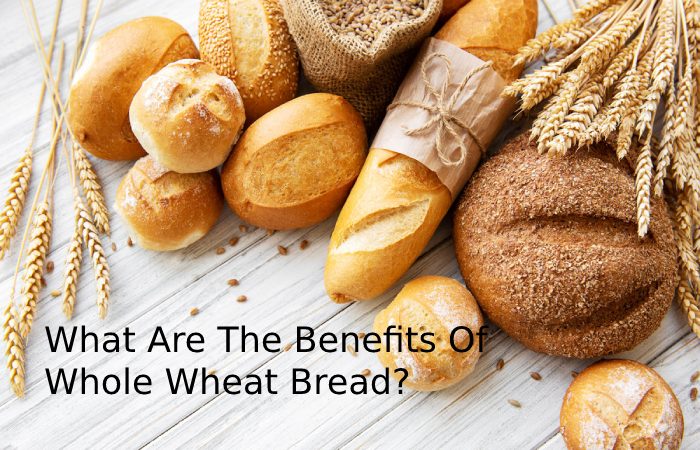Table of Contents
What Are The Benefits Of Whole Wheat Bread?
Whole Wheat Bread Before delving into the benefits of whole wheat bread, you should know what whole wheat flours are and the differences from white bread. The essential ingredients of bread are water, flour, salt, and baking powder. Usually, wheat is the most used cereal for making the flour with which bread, both whole and ordinary, although other types such as oats, fattening, rye, spelled, etc., are used in specialty bread. So, if both slices of bread with the same ingredients, what is the difference?
What Is The Difference Between White Bread And Whole Wheat Bread?
There is an eternal debate around the two main types of bread: wholemeal bread and white bread. The health benefits of It are often touted, showing its best nutritional qualities and best taste. However, the difference between the two should be clear:
White Bread Flour Vs. Whole Wheat Bread Flour
The wheat flour used in its preparation bears to a refining process that consists of grinding the wheat grain (bran, endosperm, and germ) and then passing it through a colander and/or a colander until the different components are separated. Only the endosperm is usually secondhand, that is, the body of the cereal. Bran is what gives It this characteristic color.
Refining wheat indeed produces more excellent bread that lasts longer in the pantry. But, on the other hand, the fatty acids in wheat germ are more likely to go rancid over time. Therefore, industrial bakeries are not rewarded with unrefined flours because the shelf life is shorter than refined flours. But the most important thing and what we must take into account when choosing between It and white bread is that by removing the germ and bran, a high concentration of fiber, vitamins, of essential fatty acids in addition to the bread itself that it will have the nuances and flavors provided by It flours.
It does not reduce the value of white bread, the properties of which are still essential for the actual effectiveness of our body. If you want to know the properties of bread, we have prepared an article explaining all the benefits of bread and why we should include it in our diet.
Benefits Of Whole Wheat Bread

It is more nutritious It is richer than white in a series of nutrients, such as mainly fiber, vitamins of group B, E, and certain minerals, such as magnesium, linked to improved glucose metabolism. And insulin. Raw flour better preserves its nutritional qualities. In addition, It contains more riboflavin (a crucial vitamin compound for our body) and more zinc.
Beneficial For The Digestive System Whole Wheat Bread
Grains are essential for whole wheat flour production, which is why it is a high fiber food. Fiber is the star component of It because fiber is a big help for good digestion, preventing constipation, and lowering glucose levels.
Reduces The Risk Of Heart Disease Whole Wheat Bread
Whole grains are suitable for the heart because fiber controls cholesterol levels: it lowers terrible LDL (low-density lipoprotein) cholesterol. Conversely, it increases those of good HDL (high-density lipoprotein) cholesterol. Another benefit of It for the heart is the reduced risk of hypertension and heart failure.
Reduces the Risk of Diabetes
People who consume whole grains, such as rye, oatmeal, or It daily reduce the risk of diabetes. In addition, people who already have diabetes keep their blood sugar within tolerable limits, and the demand for insulin summary thanks to the consumption of It .
Control Sugar Levels
It is high in magnesium, so it helps lower blood sugar levels and improves insulin sensitivity because magnesium helps the body metabolize carbohydrates. However, when carbohydrates have worn in large quantities, such as those found in a serving of bread, the figure breaks them down into sugars which can be unfavorable for our body.
Reduces The Risk Of Cancer
Eating foods high in grains and fiber helps reduce the development of cancer. It has anti-cancer properties, such as phytic and phenolic acid, found in grains. Types of cancer with
